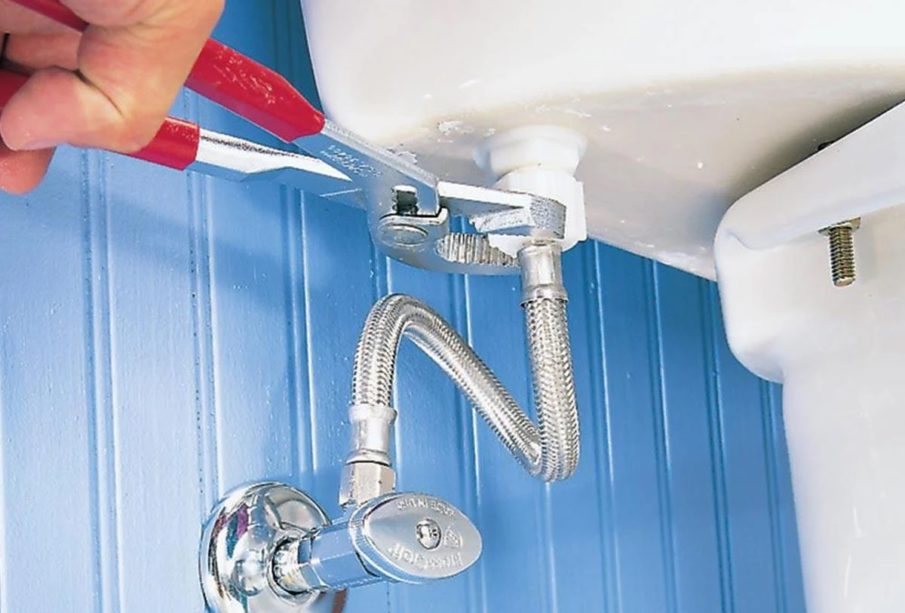How Does Trenchless Pipe Relining Work?

For so many years, we fix broken pipes and replace them by digging a trench. After the digging, we pull out the broken or old pipe and replace it with a new one. Such a method is very expensive and time-consuming. It also wreaked havoc on a household or property.
Lucky enough, a new technology emerged in repairing sewer pipes without damaging landscaping. It’s called trenchless pipe relining. Others termed it as cured-in-place-pipe (CIPP), no-dig, or trenchless technology. Let’s check when do we need trenchless pipe relining and how such innovation works.
What is Trenchless Pipe Relining?
Trenchless pipe relining is a method of repairing or replacing sewer and water pipes by inserting a new pipe. Trenchless technology is a technique of replacing underground infrastructure without causing disturbance to the ground above it. That means little to no diggings at all.
While lining is the method of creating a pipe-within-a-pipe. The new pipe is made of a special epoxy that can traverse the missing sections of a broken or old pipe. The inside diameter of the pipe is slightly reduced but is impervious to outside damage and root intrusion.
How Does Trenchless Pipe Relining Work?
Trenchless pipe relining is a 9-step sewer and water pipe repair or replacement process.
Step 1 – Knowing the Issue
The first step is to discover the issue. A CCTV camera is inserted inside the plumbing or sewer system to examine the extent and location of the damage or damages. This is also to know if the procedure qualifies as a solution to the problem.
Even though trenchless pipe relining addresses almost all piping problems, there are cases where it won’t be effective. These include a busted pipe or when pipes are blocked and overlapped with each other.
Step 2 – Cleaning the Pipeline
The second step is cleaning the inside of a pipeline. Using a hydro-jet, a high pressure of water is released inside the pipeline to remove the grease and oils inside the pipes. It is crucial to perform the second step properly because the epoxy resin won’t be able to bond with the broken or old pipe if there are greases and oil present within it.
Steps 3 & 4 – Measuring and Cutting
The third step is measuring the needed lining to repair or replace the pipe. On the fourth step, the liner is then cut according to the needed measurement and assembled in a calibration tube. The calibration tube is commonly made of fibreglass or polyester. It’s where the specialist mixed the epoxy resin.
Steps 5 & 6 – Wetting-out and Lining
The fifth step is called wetting-out. The liner is compressed using an inversion trailer to ensure that the epoxy reaches the fibre evenly. The sixth step is the lining process. The broken or old pipe is filled with epoxy resin through an upstream access point. It can also be done through downstream access but doing so is much risky.
Step 7 – Curing
The seventh step is to cure the resin. The resin is left to dry and harden up. To hasten the process, air pressure can be injected for the resin to bond and seal with the broken or old pipe. Ultraviolet rays can also be applied to complete the curing process.
Steps 8 & 9 – Final Touches and Checking
The eighth step is reopening the junctions that were closed to do the pipe relining. Robotic cutters or other types of cutters can be used to open up these spaces. The ninth and final step is checking the work. Using a CCTV camera again, the inside of the pipeline is checked to ensure that there are no open spaces or wrinkling in the hardened resin.
Trenchless pipe relining is a long-term solution to fix structural damages in a plumbing or sewer system. They can repair cracks, misalignment, or sag. They can also solve blockage, breaks, calcium build-up, flow capacity, leaks, mould, root intrusion, and sewer backups.











